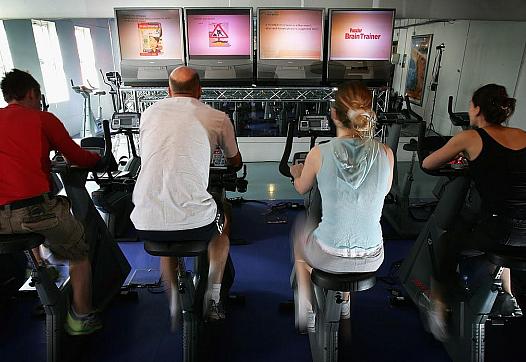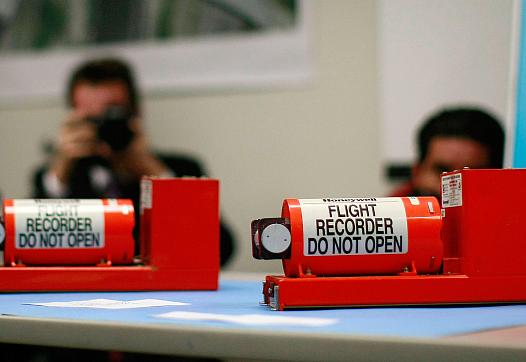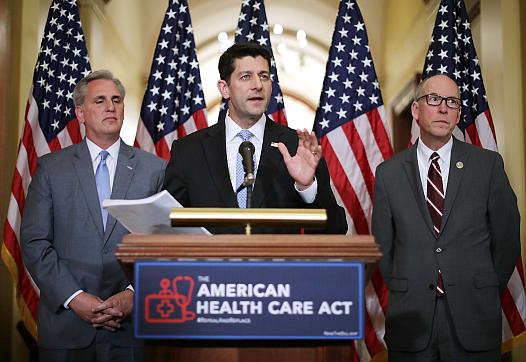
This series was produced as a project for the University of Southern California Center for Health Journalism's National Fellowship.
Other stories in the series include:
Fort Wayne, Ind. mom shares tragic story of losing baby
In Indianapolis, a baby dies every 3 1/2 days









